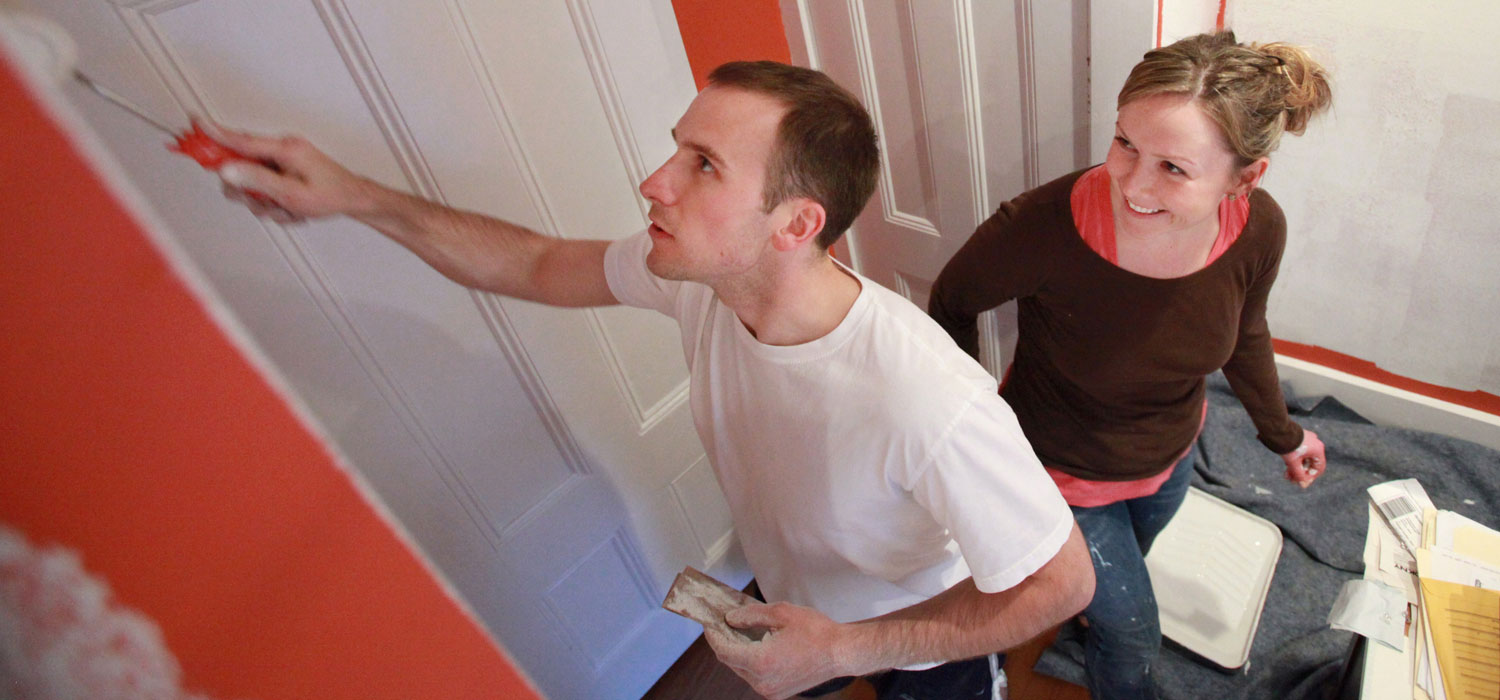
Of the $11 trillion in net housing wealth in all owner-occupied homes in the United States, about 64 percent, or $7 trillion, is accessible under today’s lending standards. In a report released today, we show that homeowners could pull $7 trillion out of their homes without selling them, because they can borrow this amount from a lender using their homes as collateral.
Fifty-two million homeowners have accessible housing wealth, divided nearly evenly between 27 million with no outstanding home debt and 26 million with some home debt. The accessible housing wealth is highly concentrated and not shared equally among households, age groups, and different geographic areas. Nonetheless, it is still shared more equally than other forms of wealth.
Four important facts about housing wealth in the United States illustrate the importance of and challenges of today’s housing market:
- Two-thirds of existing housing wealth is accessible for other spending. Lenders generally allow homeowners to borrow up to 75 percent of their home’s value. Using this standard, the $11 trillion in net housing wealth translates into $7 trillion in accessible housing wealth, which gives each owner about $150,506 on average. Those who have no home debt and own their homes free and clear can spend $229,296 compared with $104,932 for owners with housing debt.
-
Housing wealth is highly concentrated.
- Geographically: Net and accessible housing wealth is concentrated in California, Florida, New York, and Texas. California has only 9.3 percent of all owner-occupied housing units but 20.4 percent of net housing wealth ($2.3 trillion of the $11 trillion) and 20.0 percent of accessible housing wealth ($1.4 trillion of the $7 trillion).
- By household: Ten percent of owner-occupied homes hold 46 percent of net housing wealth and 51 percent of accessible housing wealth.
- By age: Owners older than 65 have 44 percent ($3 trillion) of the nation’s accessible housing wealth ($7 trillion) despite owning only 30 percent of all owner-occupied homes. Meanwhile, owners under age 40 only have 6 percent of accessible housing wealth despite making up 17 percent of homeowners.
- With owners who have no home debt: More than half the net housing wealth ($6 trillion of the $11 trillion) is held by the one-third of homeowners who have no home debt at all.
- Housing wealth varies widely across states. Although the national average housing wealth is $150,506, Arkansas and West Virginia average only $79,795 and $80,312, respectively, while Hawaii and Washington, DC, average $411,564 and $381,272, respectively.
- Housing wealth is less concentrated than other forms of wealth.

The unequal distribution of the $11 trillion in net housing wealth and $7 trillion in accessible housing wealth raises at least four important policy questions:
- How much does homeownership contribute to inequality?
- Do government policies that support homeownership, which tend to favor upper-income homeowners, exacerbate inequality?
- How can the wealth of lower-income homeowners be better protected against a major downturn in house prices?
- How can we improve access to mortgage credit that allows owners to sustain homeownership and enhance the economic well-being of their families?
The numbers in today’s report provide a solid baseline against which to judge progress in addressing these issues.
Tune in and subscribe today.
The Urban Institute podcast, Evidence in Action, inspires changemakers to lead with evidence and act with equity. Cohosted by Urban President Sarah Rosen Wartell and Executive Vice President Kimberlyn Leary, every episode features in-depth discussions with experts and leaders on topics ranging from how to advance equity, to designing innovative solutions that achieve community impact, to what it means to practice evidence-based leadership.